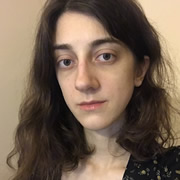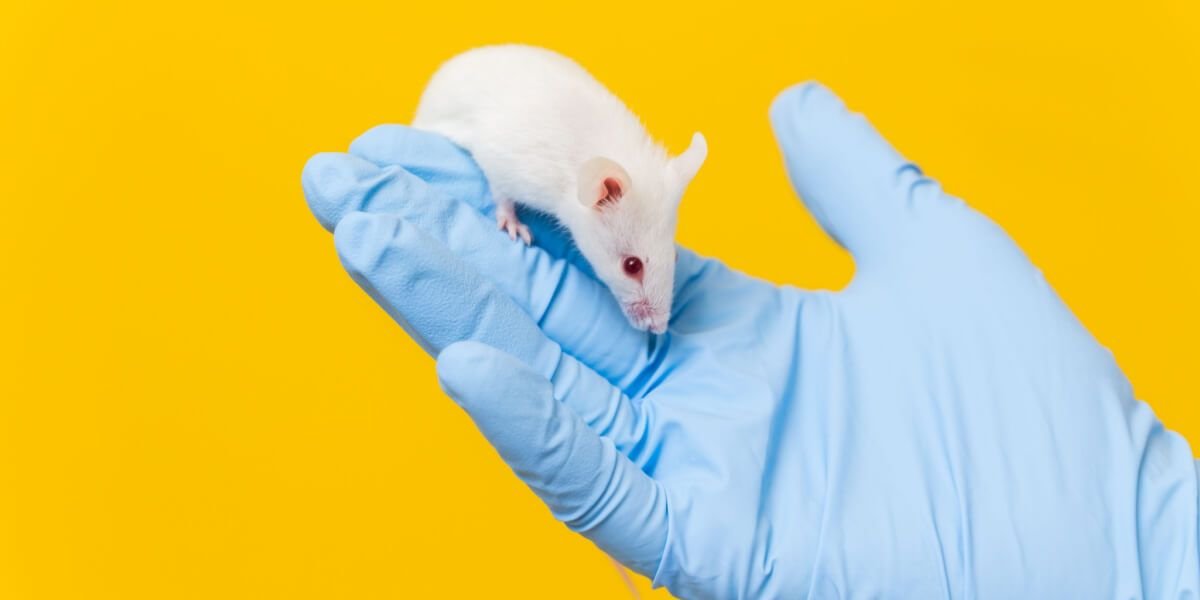The powerful organic compound DMT, the active ingredient in the psychedelic brew ayahuasca, has a powerful effect on brain function, especially on higher-level, human-specific functions such as imagination, new brain scans reveal.
.jpg?v=1722513598)
Investigation of a psychedelic substance with a centuries-long history
Advanced neuroimaging performed at Imperial College London, and the resulting study published in Proceedings of the National Academy of Sciences (PNAS), provide further inside into how dimethyltryptamine (DMT) induces its potent, short-lived trip—and how it might be harnessed to help people with mental health conditions.[1]
The DMT compound is naturally found in dozens of plant species in Central and South America and has been consumed there in religious ceremonies for hundreds of years, including in the brew ayahuasca.[2]
DMT gradually gained a profile outside of those regions, first as part of counterculture experimentation with psychedelic drugs in the 1960s and over the last decade as psychedelic drugs have been re-evaluated as both recreation and medicine. It has also been popularized by celebrities such as Joe Rogan, who often promotes the use of 5-MeO DMT (Bufo) on his podcast.
DMT produces a short-lived, immersive high, seemingly catapulting users into a new plane of existence and eliciting feelings of spiritual awakening and near-death experiences. But until now, how the substance changed brain function to produce these intense effects was unclear.
Two types of brain imagining provide a glimpse into the brain during a DMT trip
The Imperial study isn’t the first to visualize the brain under the influence of psychedelics or to highlight signatures of brain activity linked to psychedelics. But it is the first to combine two types of brain imaging—functional magnetic resonance imaging (fMRI) and electroencephalography (EEG)—during highly immersive psychedelic experiences.
“This work is exciting as it provides the most advanced human neuroimaging view of the psychedelic state to date,” said Dr. Chris Timmermann of Imperial College London’s Centre for Psychedelic Research and lead author of the study.[2]
“Motivated by, and building on our previous research with psychedelics, the present work combined two complementary methods for imaging the brain imaging,” said Professor Robin Carhart-Harris, founder of the Centre for Psychedelic Research, now Professor of Neurology and Psychiatry at the University of California-San Francisco. “fMRI allowed us to see the whole of the brain, including its deepest structures, and EEG helped us view the brain’s fine-grained rhythmic activity.”
A “more anarchic” brain
During the study, twenty healthy volunteers were intravenously given high doses (20 mg) of DMT while hooked up to fMRI and EEG equipment. At regular intervals during their trips, which lasted around twenty minutes, they rated, from 1 to 10, the subjective intensity of their psychedelic experience.
The fMRI scans revealed that in these patients, DMT increased ‘network disintegration and desegregation’ and ‘global functional connectivity.’ In layman’s terms, it increased communication between areas of the brain.
“Our results revealed that when a volunteer was on DMT there was a marked dysregulation of some of the brain rhythms that would ordinarily be dominant. The brain switched in its mode of functioning to something altogether more anarchic,” said Carhart-Harris.
The areas that showed the greatest increase in connectivity and activity were those associated with higher-level, human-specific functions, such as imagination, language, and semantics.
“What we have seen with DMT is that activity in highly evolved areas and systems of the brain that encode especially high-level models becomes highly dysregulated under the drug, and this relates to the intense drug ‘trip,’” Timmerman said.
DMT is being explored as a treatment for depression
The interest in DMT isn’t just academic: the drug, along with other psychedelics, is being investigated as a potential treatment for mental illness. It’s believed the entropy these substances induces in the brain could help people with certain mental health conditions, including depression and addiction, by helping them to break old, harmful patterns of thought and replace them with new healthier ones and to arrive at fresh insights about their lives.
Recently, a trial run by UK biotech company Small Pharma found that a single infusion of DMT, combined with psychotherapy, produced remission in 57% of patients with major depressive disorder (MDD) at three months.[4]
“DMT is short-acting, so it’s a very flexible tool compared with psilocybin and LSD which can last for six to 10 hours,” Timmermann told The Guardian.[5]
Researchers from Imperial are advising Small Pharma on further trials of the substance and also working on extending the peak of the psychedelic experience with a continuous infusion of DMT.
They also have more work to do to uncover DMT's full effects on consciousness and thought.
“We suspect that while the newer, more evolved aspects of the brain dysregulate under DMT, older systems in the brain may be disinhibited,” Carhart-Harris said. “A similar kind of thing happens in dreaming. This is just the beginning in cracking the question of how DMT works to alter consciousness so dramatically.”[5]



-blog-detail.jpg?v=1722513257)
-blog-detail.jpg?v=1722513466)